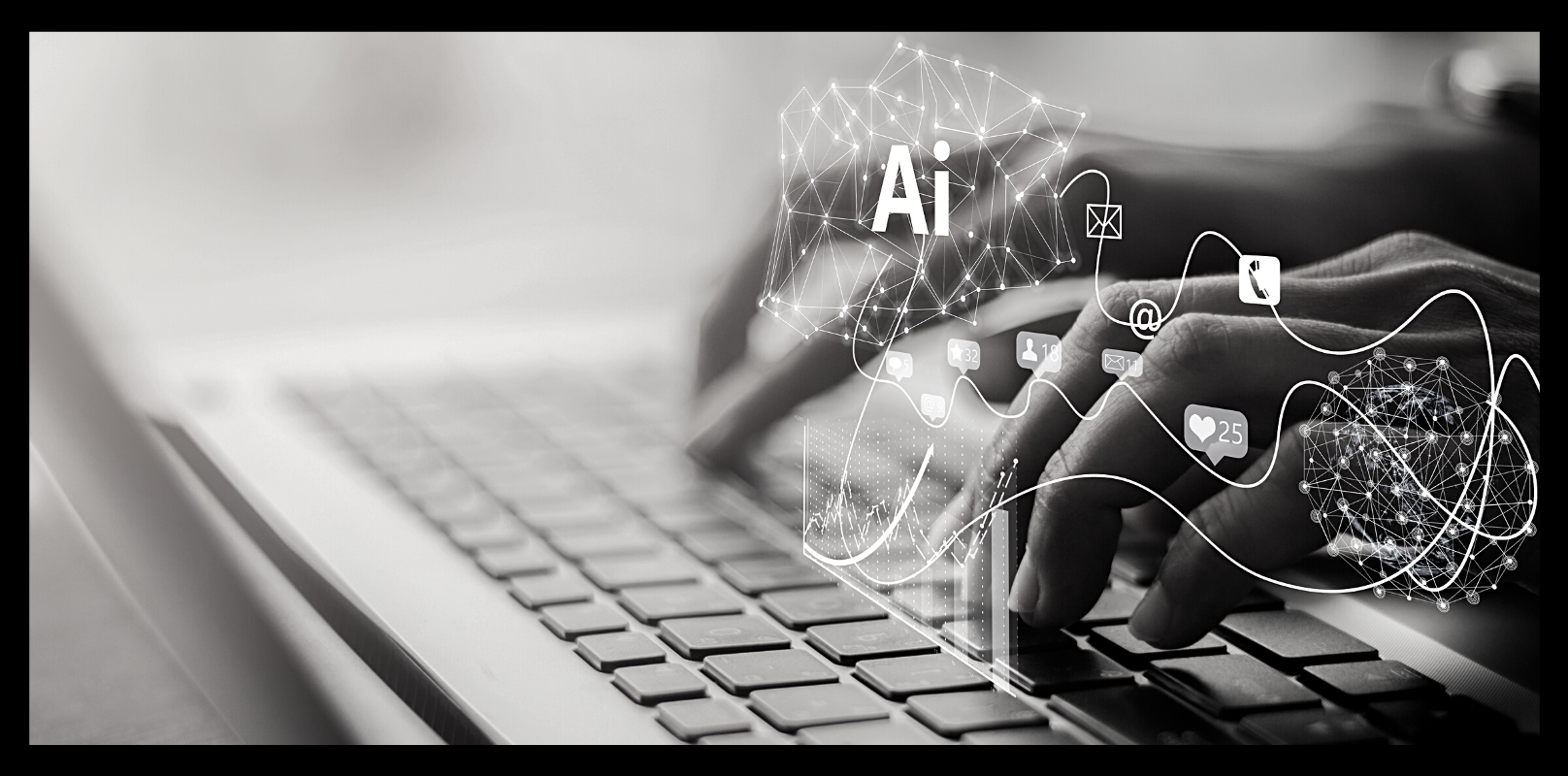Gartner’s Top 10 Strategic Technology Trends for 2024

Gartner’s top 10 strategic technology trends for 2024 have been released and it shouldn’t come as a surprise that various types of AI are in the top three. With the way that businesses have been heading in the AI realm, there looks to be no slow-down in that area.
The top 10 strategic technology trends for 2024 Gartner believes will drive significant disruption and opportunity for IT leaders are:
- Democratized generative AI
- AI trust, risk and security management
- AI-augmented development
- Intelligent applications
- Augmented-connected workforce
- Continuous threat exposure management
- Machine customers
- Sustainable technology
- Platform engineering
- Industry cloud platforms
Democratized generative AI
Generative AI (GenAI) is becoming more and more democratised due to the accessibility of pretrained models via open-source technology and cloud computing. This means it’s able to be used on a global scale.
Gartner predicts that by 2026, more than 80% of enterprises will have employed some form of GenAI APIs and models and/or GenAI-enabled applications in production. This is in stark comparison to less than 5% from earlier in 2023.
AI trust, risk and security management
Due to the fact AI is becoming increasingly accessible the need for AI Trust, Risk and Management (TRiSM) becomes highly important.
If there are no safeguards put in place, then AI models can quickly bring about negative outcomes. This can ultimately erase all the positive outcomes that they can enable.
This AI TRiSM provides tools for ModelOps, risk controls when using third-party models, proactive data protection and security, as well as model and data monitoring. By 2026 Gartner predicts that enterprises that leverage AI TRiSM will have their decision-making accuracy enhance through the simple fact that it’ll help eliminate up to 80% of information that’s illegitimate.
AI-augmented development
AI-augmented development is the use of AI technologies such as GenAI and machine learning. This assists software engineers in coding, designing, and testing applications according to Gartner. AI-augmented development gives software engineers the freedom to spend less time manually writing code, boosting productivity and allowing teams to deliver on increasing demands for software to run the business. Engineers are freed up to work on more strategic activities (e.g. application design).
Intelligent applications
Intelligent applications are defined by Gartner as those with learned adaptation to respond appropriately and autonomously to better augment and/or automate work. Intelligence in applications is made up of various AI-based services like vector stores, machine learning, and connected Data according to Gartner. This intelligence can be used to enhance efficiency and reliability of automated and augmented work and ultimately deliver more dynamic user experiences.
Not only is there a need for intelligent application in the current talent landscape, there’s also a demand. Of the CEOs surveyed by Gartner, almost 30% stated that the talent shortage is the issues that’s most damaging to their company. The top priority for them is talent attraction and retention. However, the CEOs also said AI is the technology that will affect their industries in the next few years significantly.
Augmented-connected workforce
Scaling talent is a need that drives the augmented-connected workforce strategy, or ACWF. This has optimising the value delivered by human employees as the aim.
The AWCF employs intelligent applications and workforce analytics to provide guidance that supports the workforce’s experience, skills development and well-being while all the while driving business results and positive stakeholder impacts.
Gartner’s prediction is that by 2027 at least a quarter of CIOs will use an augmented-connected workforce strategy to help reduce time to competency by at least half for a lot of key roles.
Continuous threat exposure management
Continuous threat exposure management (CTEM) is a systemic approach that lets organisation evaluate and manage the accessibility, exploitation and exposure risk of their physical and digital assets continuously.
Gartner’s prediction is that by 2026 businesses will see a reduction in security breaches by two-thirds when they prioritise security investments based on a CTEM strategy.
Machine customers
According to Gartner, machine customers, or “custobots” as they are sometimes referred to, are non-human economic entities that can independently negotiate and purchase goods and services in exchange for payment.
Gartner predicts that by 2028 there will be 15 billion connected products with the potential to behave as machine customers, with billions more to follow in the years ahead.
The trend could become the source of trillions of dollars in revenue by 2030. Gartner states that it’ll eventually surpassing the arrival of digital commerce in terms of significance. They recommend that businesses include opportunities to facilitate custobots or create new ones when developing their strategies.
Sustainable technology
Sustainable technology includes a framework of digital solutions that enables ESG outcomes that support a sustained and long-term ecological balance and human rights. While concerns rise regarding the energy use and environmental impact of technologies like cryptocurrency, AI, and cloud computing, it’s becoming more important for businesses to make sure their TI becomes circular, efficient, and sustainable.
There is a good incentive to address this from an IT point of view, as Gartner predicts that 25% of CIOs will see their personal compensation linked to sustainable technology impact by 2027.
Platform engineering
Platform engineers is the practice of building and operating self-service internal development platforms that all have a layer created and maintained by a dedicated product team. These platforms have as their aim to optimise user experience and productivity while enhancing business value creation.
Industry cloud platforms
According to Gartner, industry cloud platforms address industry-specific business outcomes by combining SaaS, PaaS, and IaaS services into a whole product offering with composable capabilities. Typical elements include a a library of packaged business capabilities, an industry data fabric, and composition tools.
